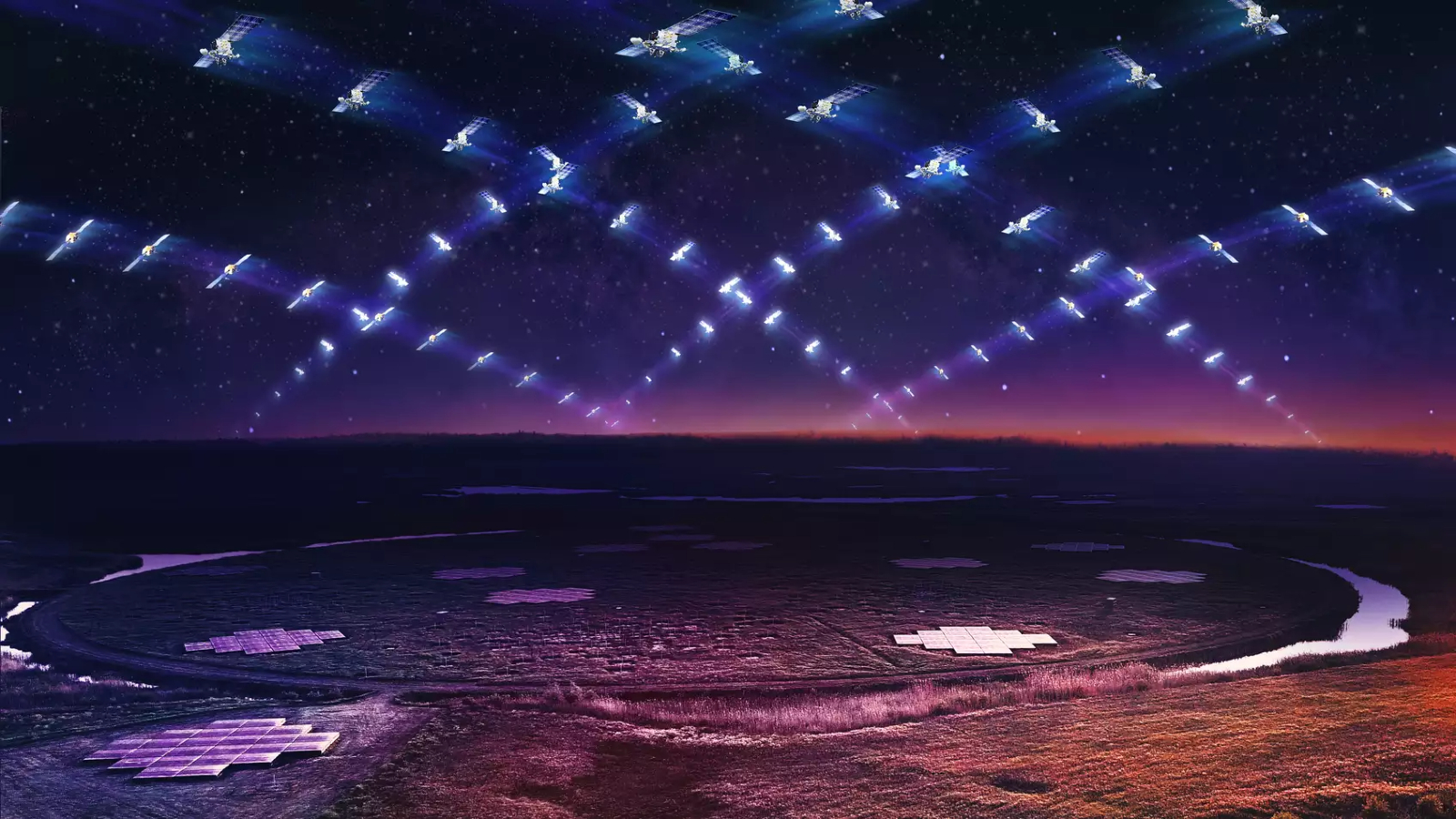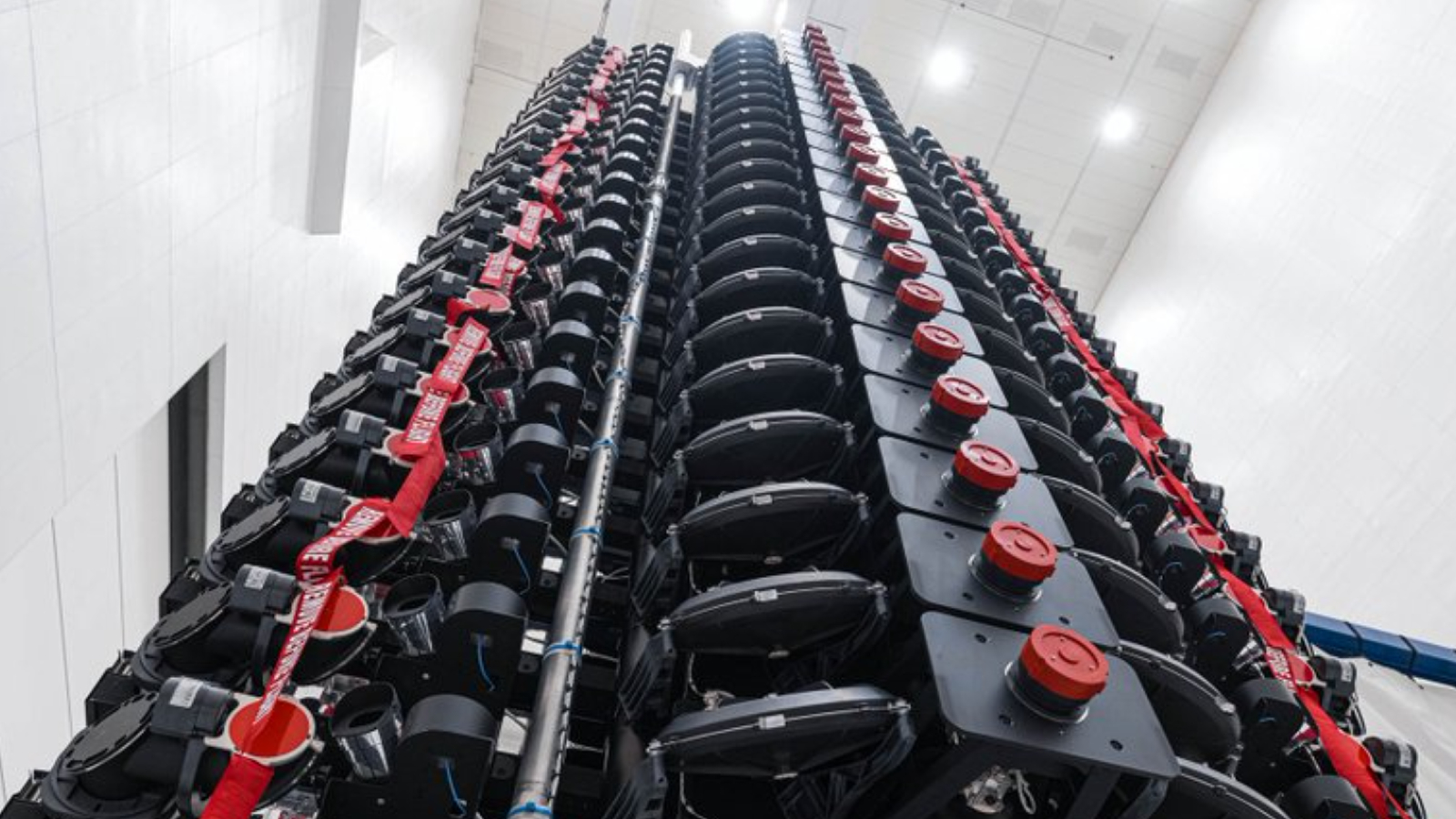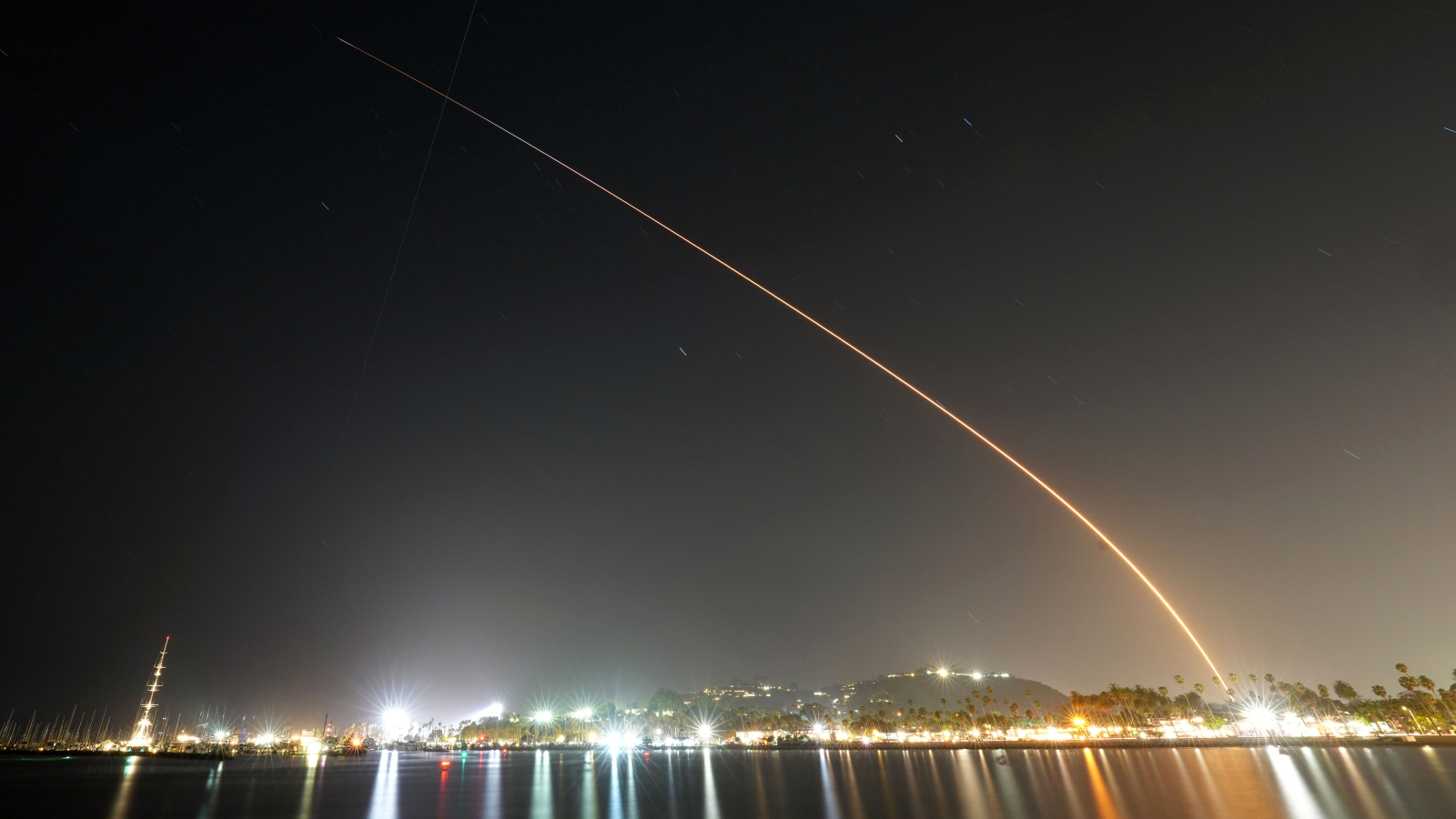
The latest generation of SpaceX's Starlink satellites are leaking even more potentially disruptive radiation into low-Earth orbit than their predecessors, a new study shows. Researchers warn that the continuing unchecked deployment of the spacecraft could lead to an irreversible "inflection point," beyond which we can no longer properly study the universe's most exciting objects.
In July 2023, researchers discovered that SpaceX's Generation 1 Starlink satellites, first launched in 2019, are leaking unintended electromagnetic radiation (UEMR) into space. This radiation, which mainly consists of radio waves, is inadvertently given off by the satellites in multiple directions as they transmit radio signals to Earth. Unfortunately, these radio wave frequencies are very similar to those emitted by distant objects from across the cosmos, such as stars, exoplanets, black holes and pulsars, meaning that leakage from the satellites can obscure radio astronomers' readings.
Over the last year and a half, SpaceX has been phasing out these satellites in favor of newer Generation 2 models , which were first launched in February 2023. These spacecraft are smaller,more powerful, maneuverable and robust than their predecessors, according to Live Science's sister site Space.com. However, until now, it was unclear if they also leaked UEMR.
In the new study, published Sept. 18 in the journal Astronomy and Astrophysics, researchers used the Low-Frequency Array (LOFAR) telescope — a giant network of radio dishes spread across eight European countries — to track Gen 2 satellites. The astronomers found that the new spacecraft are even leakier than their Gen1 counterparts. The worst offenders are the "V2 mini" satellites, the current most common type of Gen 2 satellite, which can emit up to 32 times more UEMR than Gen 1 predecessors.
Related: World's largest communication satellite is a photobombing menace, astronomers warn

The UEMR from these new satellites and all those that will follow them into orbit over the next few decades could end up "blinding radio telescopes and crippling vital research of the universe," researchers wrote in a statement.
The UEMR emitted by the Den 2 satellites is up to 10 million times brighter than the faintest radio-visible objects in the night sky. "This difference is similar to the faintest stars visible to the naked eye and the brightness of the Full Moon," study lead author Cees Bassa, an astronomer at the Netherlands Institute for Radio Astronomy (ASTRON), said in the statement.
The number of Starlink satellites being launched into space is also increasing year-on-year, which means the problem will likely get much worse. SpaceX has already launched more than 1,300 satellites into space in 2024 — all of which have been V2 minis.
Other satellite megaconstellations, such as China's Thousand Sails Constellation and Amazon's Project Kuiper, are also starting to take shape, which could worsen the issue if they also leak UEMR. The study researchers estimate there could be up to 100,000 satellites in orbit by the end of the decade.

Study co-author Federico Di Vruno, an astronomer at the SKA observatory in the UK, says that we will eventually reach an "inflection point" where the amount of UEMR leaking from satellites will completely obscure radio astronomers' view of the cosmos. "We need to take action to preserve our sky as a window to explore the universe from Earth," Di Vruno said.
Other issues
The leaking radiation is not the only issue caused by Starlink satellites. The swarming spacecraft are also causing problems for visual astronomers by photobombing time lapse images with streaks of light. They can also be knocked out of orbit by solar storms and are responsible for over half of the close encounters between orbiting spacecraft.
When the satellites reach the end of their lives and fall back to Earth, they also leave metal pollution in the atmosphere as they burn up. Some scientists even think that this metal pollution could get so bad that it could one day interfere with Earth's protective magnetic field.
The Falcon 9 rockets that launch the satellites have also come under scrutiny. The reusable rockets have already been grounded by federal authorities twice this year due to explosive failures and have been known to create "ionospheric holes" when they leave or reenter the upper atmosphere.
Starlink satellite launches can also create giant swirls of light in the night sky, known as "SpaceX spirals." However, these light shows pose no threat to our planet.







